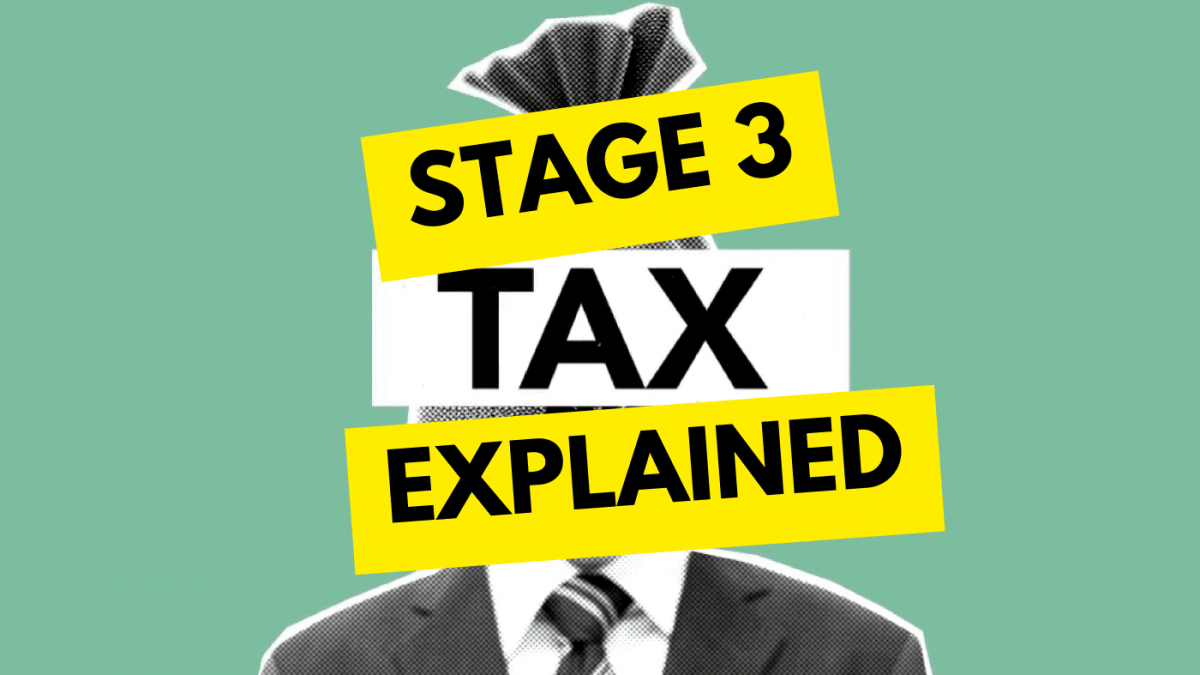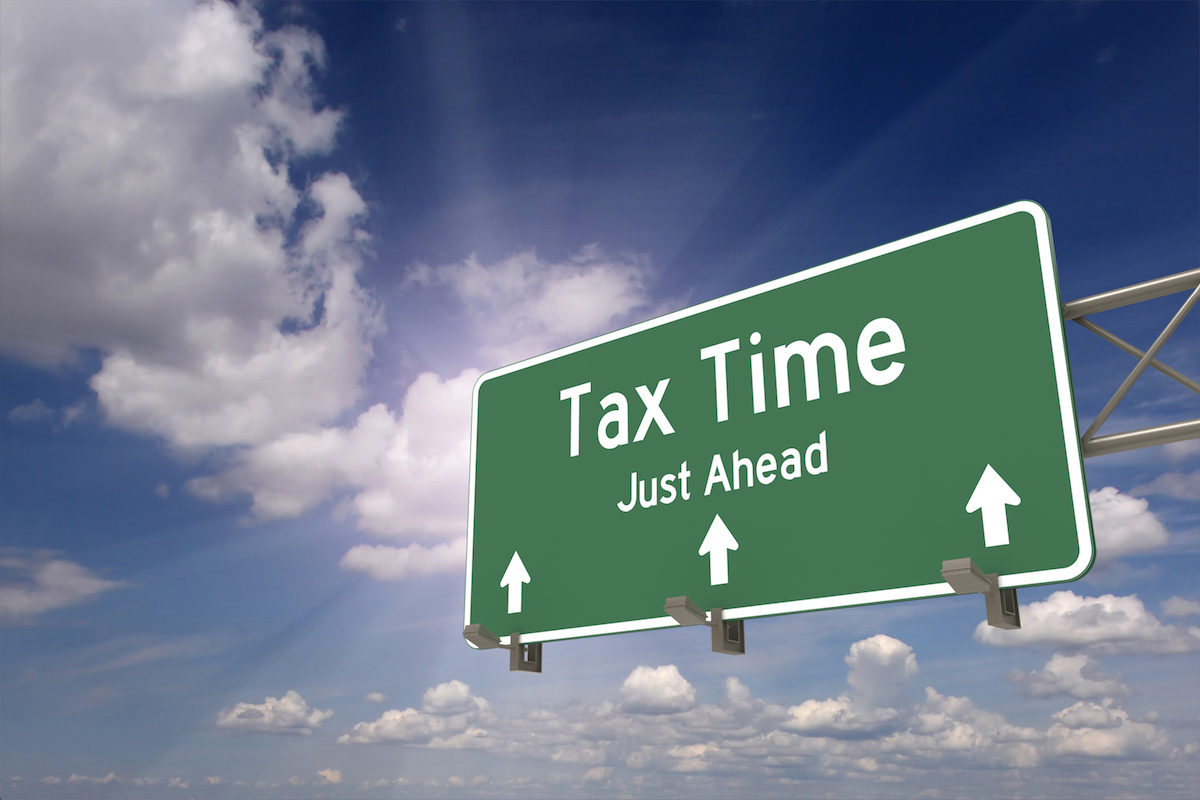Originally set to commence on July 1, 2024, the Stage 3 of the personal income tax cuts will undergo a significant overhaul as proposed by the Federal Government.
Following widespread speculation, the Prime Minister has confirmed the Government’s intent to revise the scheduled Stage 3 tax cuts set to begin on July 1, 2024. In contrast to the current plan, the proposed redesign aims to extend the benefits of the tax cuts to individuals earning below $150,000 in taxable income. If implemented, an additional 2.9 million Australian taxpayers are expected to see an increase in their take-home pay starting from July 1.
This departure from the original vision of Stage 3, part of a 5-year plan to restructure the personal income tax system, reflects a response to the sharp rise in living costs, altering the prevailing sentiment within the community. As stated by the Prime Minister, the focus now lies on addressing immediate concerns rather than long-term structural changes.
The redesign is anticipated to generate an estimated $28 billion in additional Government revenues from personal income tax by 2034-35, primarily due to bracket creep.
So, what’s changing?
The revised tax cuts will reallocate resources to benefit lower-income households that have been disproportionately affected by rising living costs.
| Tax rate | 2023-24 | 2024-25 legislated | 2024-25 proposed |
| 0% | $0 – $18,200 | $0 – $18,200 | $0 – $18,200 |
| 16% | $18,201 – $45,000 | ||
| 19% | $18,201 – $45,000 | $18,201 – $45,000 | |
| 30% | $45,001 – $200,000 | $45,001 – $135,000 | |
| 32.5% | $45,001 – $120,000 | ||
| 37% | $120,001 – $180,000 | $135,001 – $190,000 | |
| 45% | >$180,000 | >$200,000 | >$190,000 |
Under the proposed redesign, resident taxpayers with taxable income below $146,486 will experience larger tax cuts compared to the existing Stage 3 plan. For instance:
- A taxpayer with a taxable income of $40,000 will receive a tax cut of $654, as opposed to no tax cut under the current Stage 3 plan (though they may have benefited from Stage 1 and Stage 2 tax cuts).
- A taxpayer with a taxable income of $100,000 would receive a tax cut of $2,179, which is $804 more than under the current Stage 3 plan.
However, those earning $200,000 will see their expected benefit from the Stage 3 plan nearly halved, from $9,075 to $4,529. While there’s still a benefit compared to current tax rates, it’s not as significant.
Additionally, low-income earners will receive relief through a 7.1% increase in the Medicare Levy low-income threshold, indexed to inflation. This adjustment means individuals won’t begin paying the Medicare Levy until their income reaches $26,000, and they won’t pay the full 2% levy until their income reaches $32,500 for singles.
While the proposed redesign aims to maintain revenue neutrality compared to the existing budgeted Stage 3 plan, it is estimated to incur approximately $1 billion more in costs over the next four years before the effects of bracket creep mitigate the gains.
It’s not a done deal yet!
The implementation of the redesigned Stage 3 tax cuts is contingent upon the enactment of amending legislation by July 1, 2024. This necessitates securing support from independent or minor parties in Parliament, which convenes from February 6, 2024.
How did we get here?
Initially introduced in the 2018-19 Federal Budget, the personal income tax plan aimed to tackle the issue of ‘bracket creep’—where tax rates fail to keep pace with wage growth, leading to increased taxes over time. The three-point plan sought to simplify tax thresholds and rates, reduce the tax burden on many individuals, and align Australia’s tax system with some neighboring countries (e.g., New Zealand’s top marginal tax rate of 39% applying to incomes above $180,000).
The plan introduced incremental changes starting from July 1, 2018, and July 1, 2020, with Stage 3 slated to take effect from July 1, 2024.
What’s next?
For tax planning purposes, those with taxable incomes of $150,000 or more will find fewer planning opportunities with the redesigned Stage 3 tax cuts. Nevertheless, any alteration in tax rates presents an opportunity to review and adjust to ensure you’re maximizing available opportunities and not paying more than necessary.
Should you please have any question in regards to above, please feel free to contact our friendly team in Pitt Martin Tax at 0292213345 or info@pittmartingroup.com.au.
The material and contents provided in this publication are informative in nature only. It is not intended to be advice and you should not act specifically on the basis of this information alone. If expert assistance is required, professional advice should be obtained.
By Robert Liu @ Pitt Martin Tax

Experienced Tax Accountant and Business Advisor with a demonstrated history of working in the accounting industry. Skilled in Tax, Accounting, Business Advisory and SMSF. Strong entrepreneurship professional with qualification Master of Professional Accounting, CPA Public Practice, Registered Tax Agent, Registered ASIC Agent, NSW Law Society External Examiner, Trust Account Auditor and Diploma of Finanical Planning. Specialised in SME, tax planning and international tax, he helped client save ample money and create wealth.






